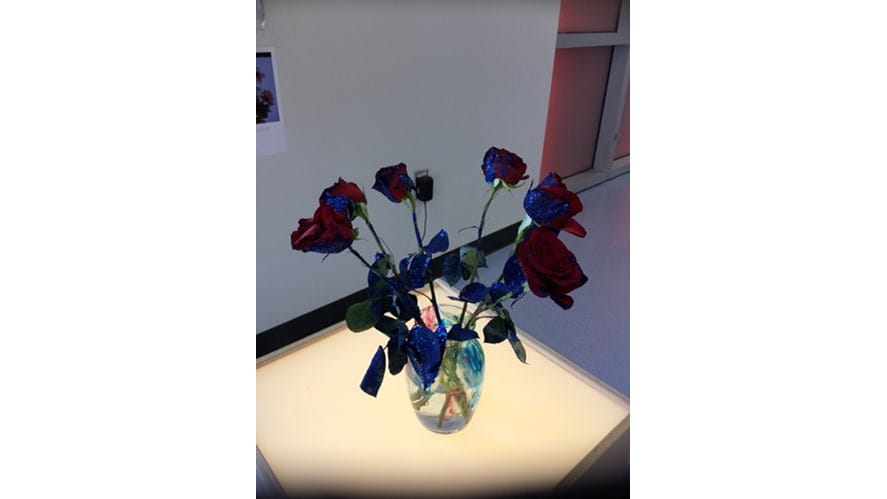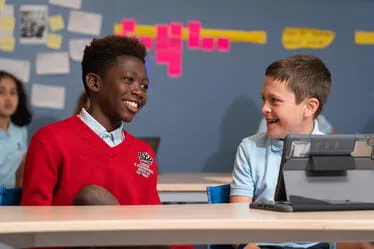I was so proud of the EY1 children and their teachers. This week the Atelier was transformed into the most amazing gallery exhibiting the EY1 children’s representations of what is beautiful.

I was so proud of the EY1 children and their teachers. This week the Atelier was transformed into the most amazing gallery exhibiting the EY1 children’s representations of what is beautiful.

I was so proud of the EY1 children and their teachers. This week the Atelier was transformed into the most amazing gallery exhibiting the EY1 children’s representations of what is beautiful.
The ‘what is beautiful?’ exhibition was an accumulation of the children’s inquiry into understanding how we express ourselves. This was an inquiry into the ways in which we discover and express ideas, feelings, nature, culture, beliefs and values. The children considered the ways in which we reflect on, extend and enjoy our creativity and our appreciation of the aesthetic. Throughout the year, the children have been offered plentiful opportunities to explore and express their 'hundred languages' as their many 'fonts' of self expression. These experiences provided a foundation for their awareness of the many different forms of media that they can use for self expression. Teacher provocations and questions were used to prompt the children to share their ideas about how they can express themselves and communicate their ideas, what materials they are attracted to, what process they might wish to follow. The children experimented, carried out research, sought beauty.
Little by little the display boards came together, bringing to life each narration of what is beautiful that was translated into the children’s own expressive languages. The children were attentive to emotions and a sense of the aesthetic, each showing their own personal style and modes of expression. The exhibition opened up insights and knowledge into the strategies, creativity and imaginative qualities of the children by letting their fun loving, playful, sensitive and passionate ways of seeing give direction to ours and amaze us. The children were so excited that that their families were coming to see their projects, they were bouncing with joy. I was deeply touched by the respect afforded by the parents towards their children. I sensed that so many parents were surprised and charmed by the processes the children had followed and the quality of the work created. There was an atmosphere full of heartwarming appreciation and quite emotive responses from adults. It was a remarkable afternoon as the children proudly shared with their parents all that they had achieved. Not only in what they themselves had created but simply overflowing with praise and pleasure for the work of their friends, as the children showed their parents the entire exhibition.
Our approach to the education of young children recognises the potential and ability to communicate their understandings, inner thoughts and feelings using many different ‘languages’ as ways of expression. These may include words, movement, painting, drawing, sculpture, shadow play, music, dramatic play, reaching beyond the dominant conceptions of language and empowering children, at the different stages of their development, to demonstrate, share and extend their learning, supported by the skillful interactions of adults. We believe the child is viewed as strong, powerful, rich in potential, driven by the power of wanting to grow, and nurtured by adults who take this drive towards growth seriously. I genuinely feel the work the children presented to us, clearly demonstrates how capable and competent they are and the amazing capacity they have for combining emotion, empathy and aesthetics.
Loris Malaguzzi is famous for his reference to the ‘hundred languages of children’. This is a metaphor for the many many ways in which children, and adults make sense of the world and express themselves and how important that this in being human.
The Hundred Languages
No way. The hundred is there.
The child
is made of one hundred.
The child has
a hundred languages
a hundred hands
a hundred thoughts
a hundred ways of thinking
of playing, of speaking.
A hundred always a hundred
ways of listening
of marveling, of loving
a hundred joys
for singing and understanding
a hundred worlds
to discover
a hundred worlds
to invent
a hundred worlds
to dream.
The child has
a hundred languages
(and a hundred hundred hundred more)
but they steal ninety-nine.
The school and the culture
separate the head from the body.
They tell the child:
to think without hands
to do without head
to listen and not to speak
to understand without joy
to love and to marvel
only at Easter and at Christmas.
They tell the child:
to discover the world already there
and of the hundred
they steal ninety-nine.
They tell the child:
that work and play
reality and fantasy
science and imagination
sky and earth
reason and dream
are things
that do not belong together.
And thus they tell the child
that the hundred is not there.
The child says:
No way. The hundred is there.
Loris Malaguzzi (translated by Lella Gandini)
Founder of the Reggio Emilia Approach